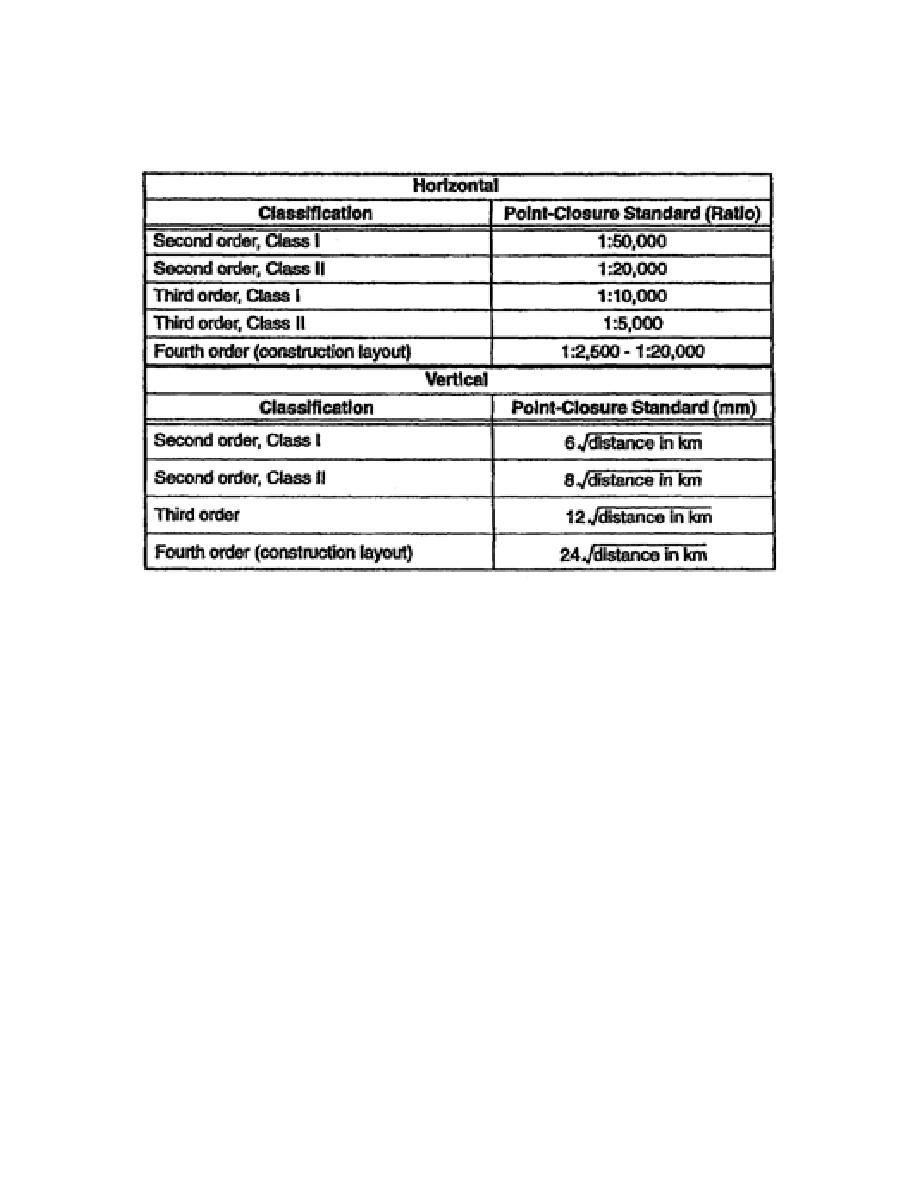
Table 5-5. Point-Closure Standards for Horizontal- and Vertical-Control
Surveys
specified for a GPS-S. Specific stations may be held fixed or a contractor may be instructed to
determine the optimum adjustment, including the appropriate weighting for constrained points. When
fixed stations are to be partially constrained, appropriate statistical information must be provided. Either
variance-covariance matrixes or relative positional accuracy estimates may be converted as approximate
variance-covariance matrixes in the constrained adjustment. All rejected observations should be clearly
indicated, along with the criteria and the reason used for the rejection.
a. When different combinations of constrained adjustments are performed due to indications of one
or more fixed stations causing undue biasing of the data, an analysis should be made as to a
recommended solution that provides the best fit for the network. Any fixed control points requiring
readjustment should be clearly indicated in the final recommendation.
b. The final, adjusted horizontal- or vertical-coordinate values are assigned an accuracy
classification based on the statistical results. This classification should include both the resultant
geodetic or Cartesian coordinates and the baseline-differential results. The final, adjusted coordinates
shall state the 95 percent confidence region of each point and the accuracy in the part(s) per million
between all points in the network. The datum should be clearly identified for all coordinate listings.
c. Final-report coordinate listings may be required on hard copy as well as on a specified computer
media. A scaled plot should be submitted with the adjustment report showing the proper locations and
designations of all established stations.
5-51
EN0593



 Previous Page
Previous Page
